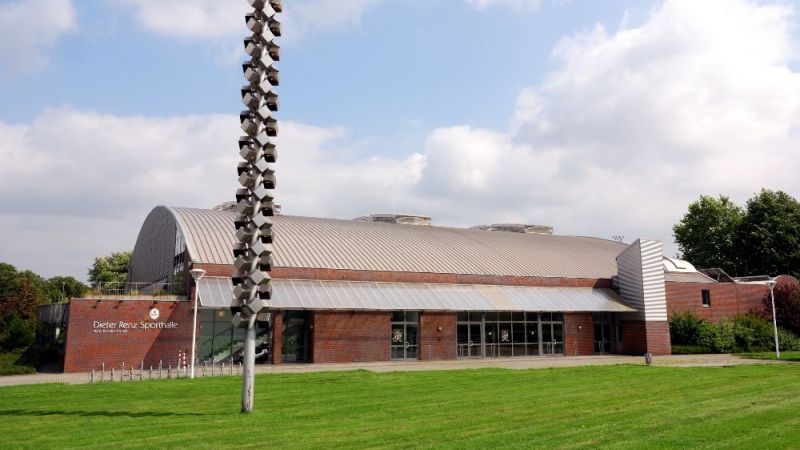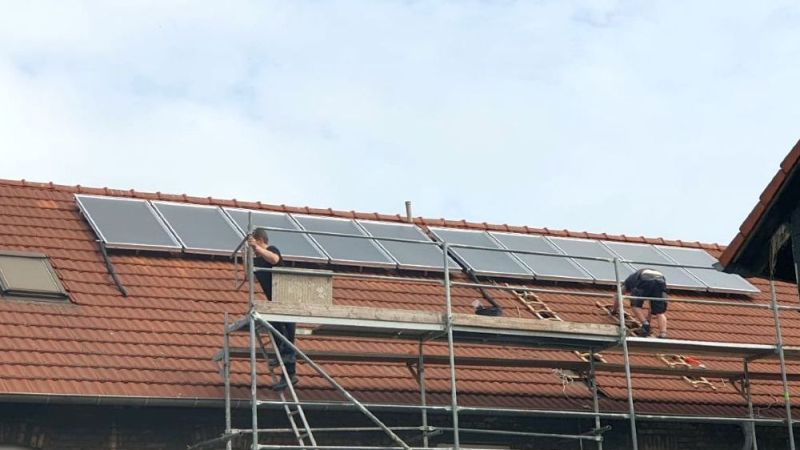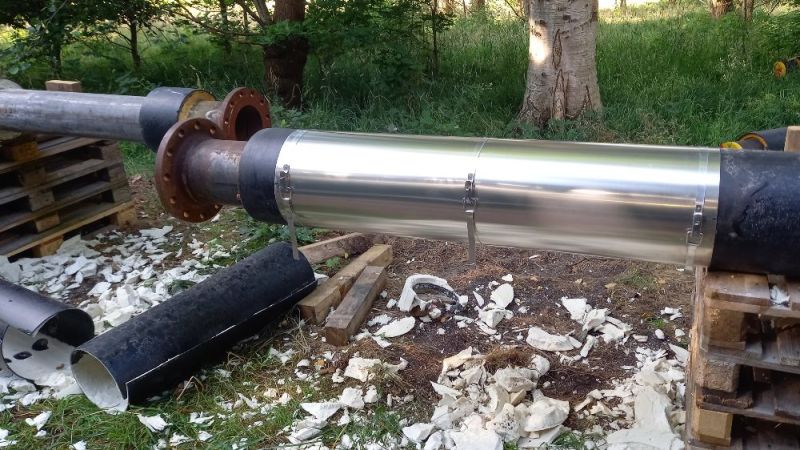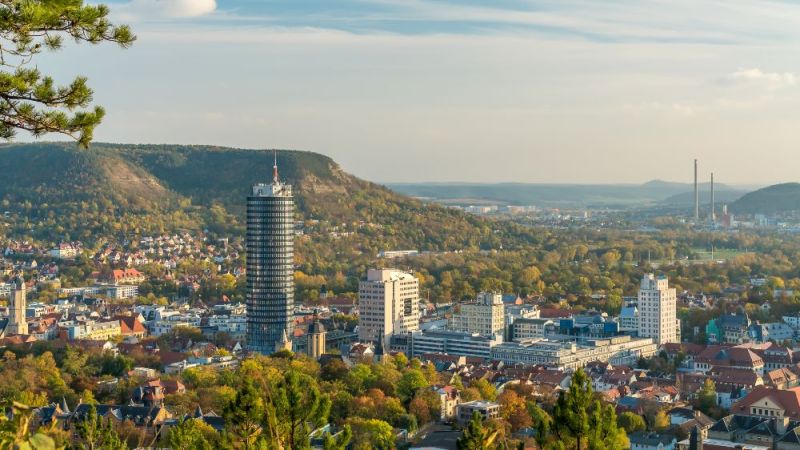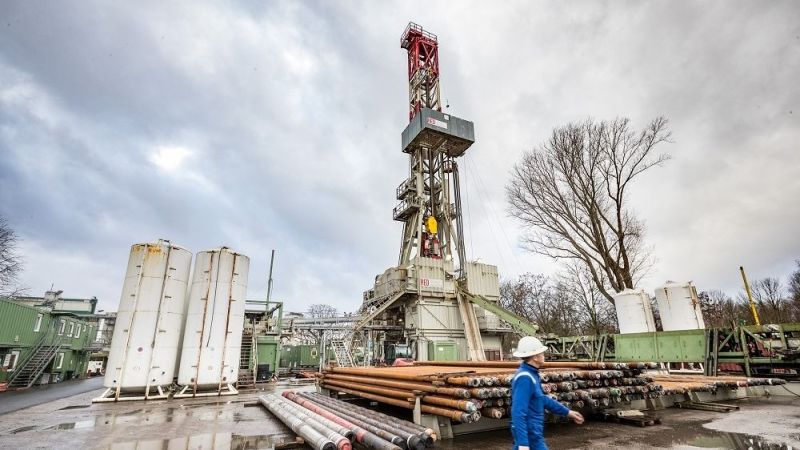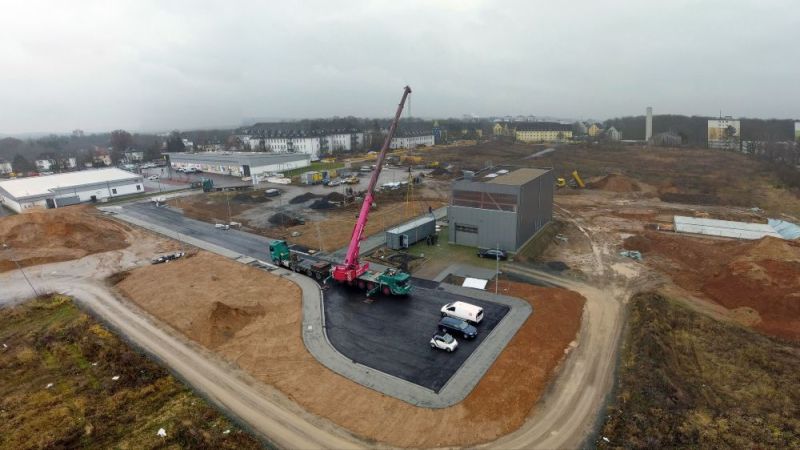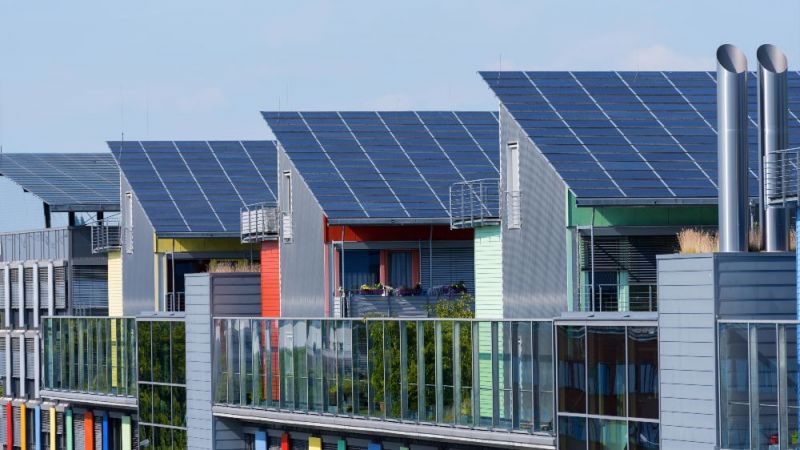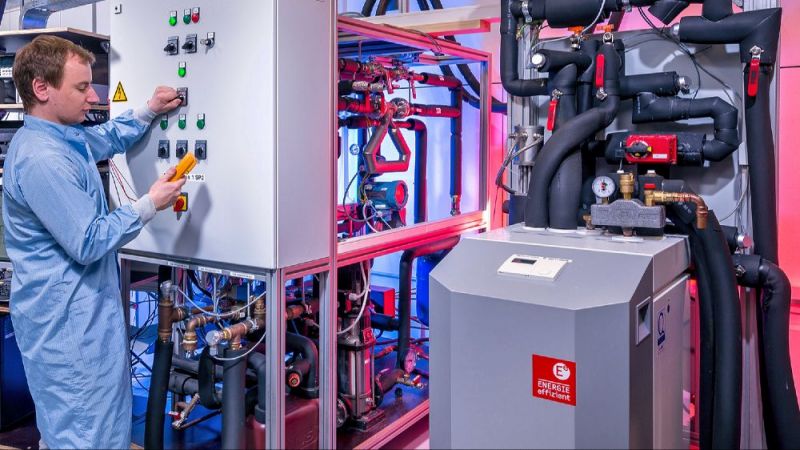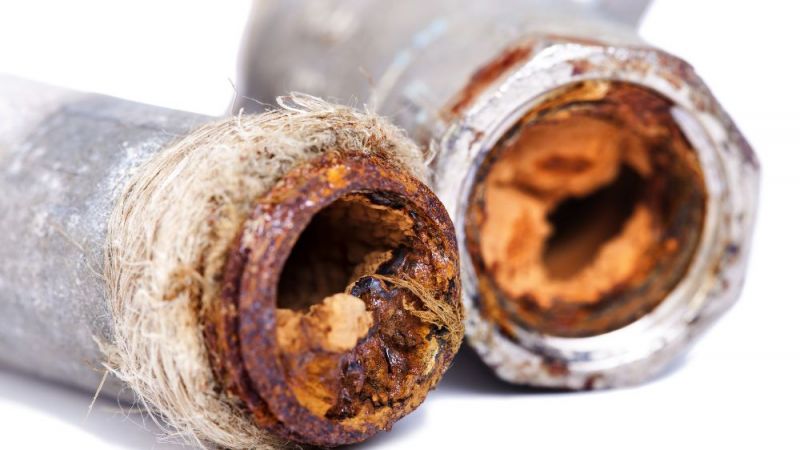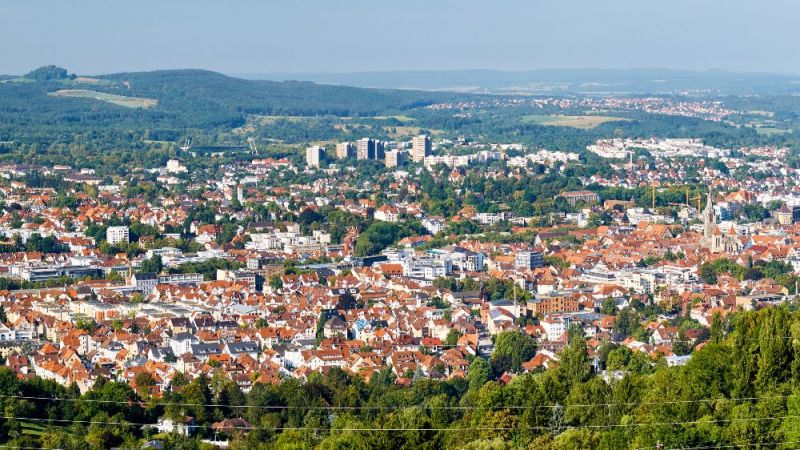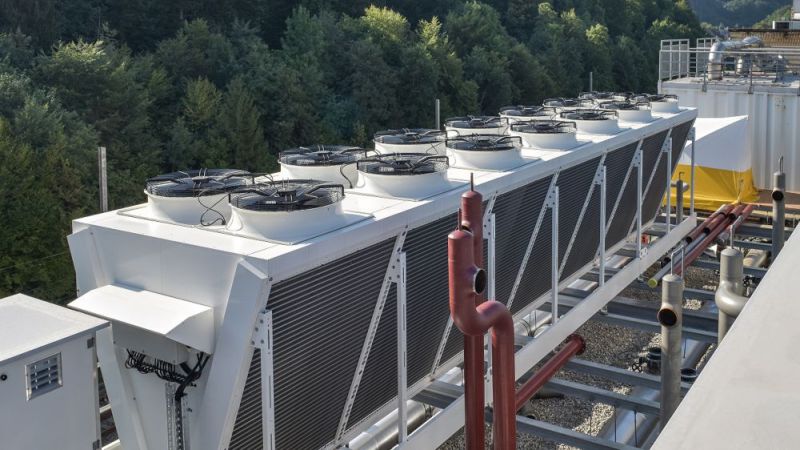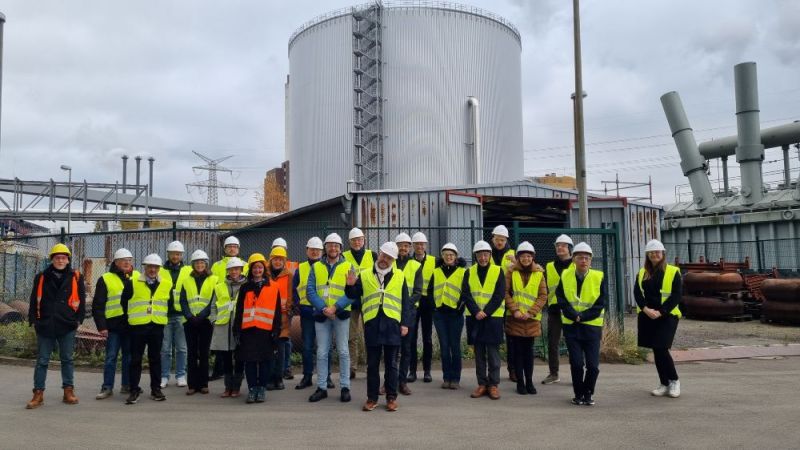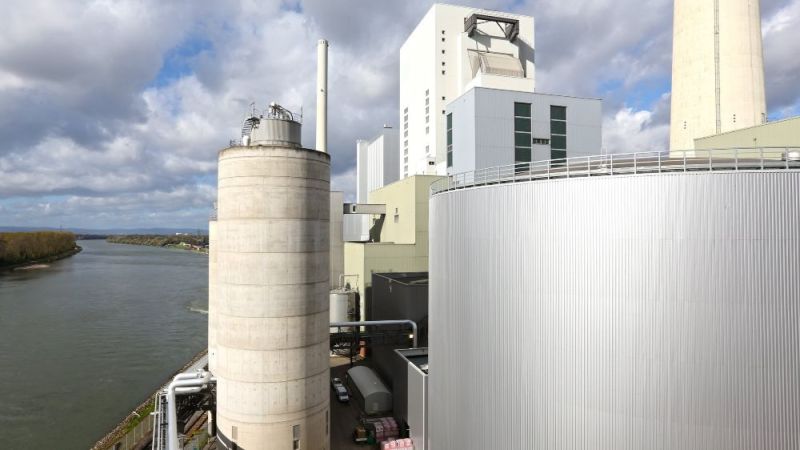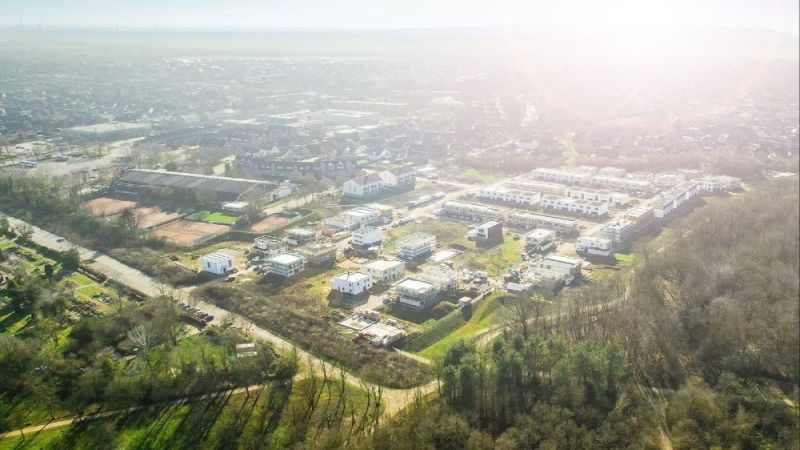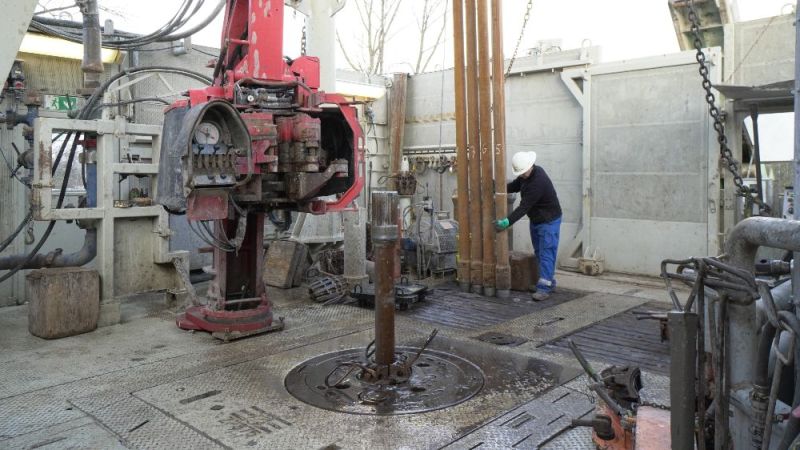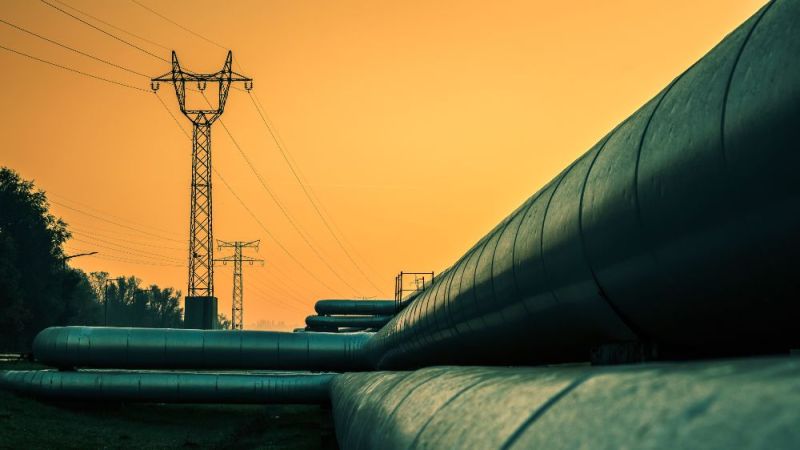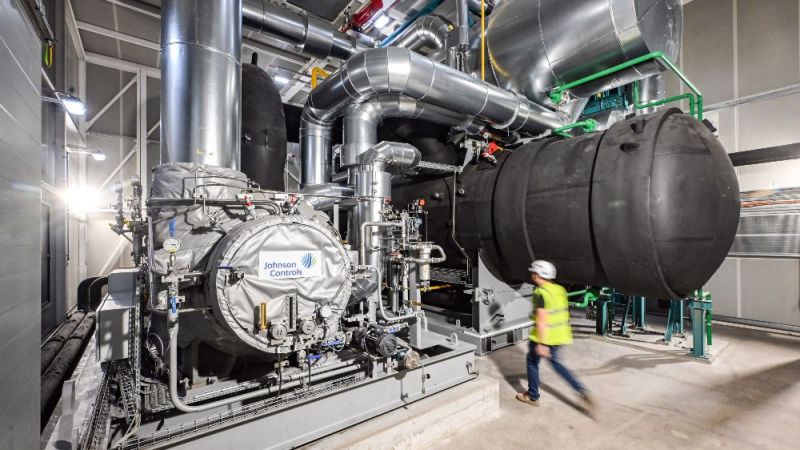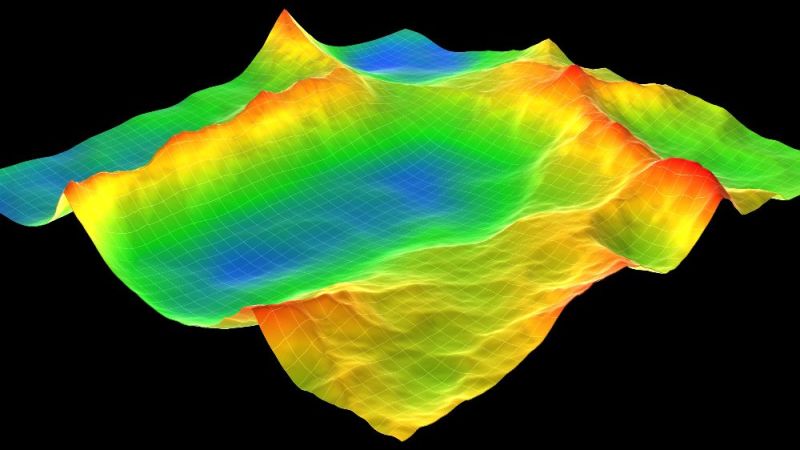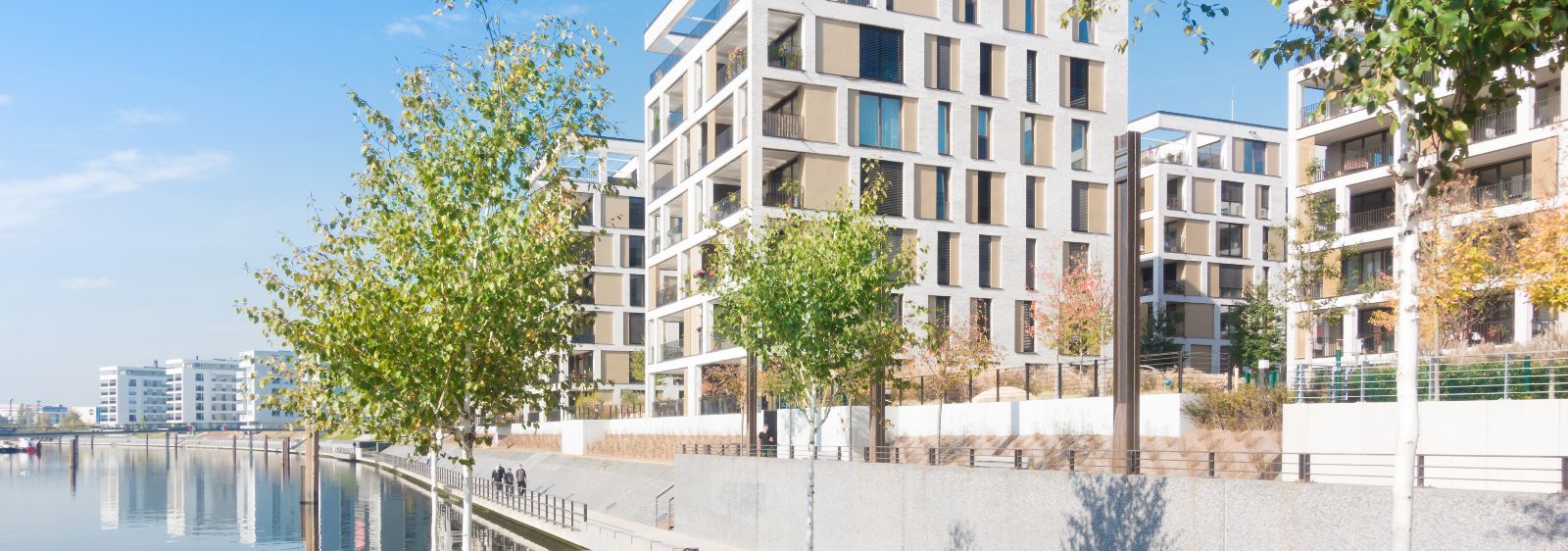
Heat from waste water
New “Neckarpark Stuttgart” urban district: Local heating and cooling energy from waste water
A new urban district with highly energy-efficient buildings is being built on 22 hectares of brownfield land. The municipal sewage system is providing the main source of energy for the heating and cooling. The waste heat is utilised by means of trough heat exchangers in the sewage channel via a low-temperature local heating network. This provides the basis of the energy concept for the new district, which is being created with highly energy-efficient buildings on the brownfield site belonging to the former Bad Cannstatt railway freight depot.
A new urban district with highly energy-efficient buildings is being created on a 22-hectare derelict site that once belonged to the former Bad Cannstatt railway freight depot. This will provide space for approximately 450 apartments, hotels as well as service-based and commercial enterprises. The main energy source for supplying heat and cooling will be waste water, whose energy will be utilised via a low-temperature local heating network by deploying heat exchangers and cascaded heat pumps. Future developers will be required to undercut the requirements of the German Energy Saving Ordinance (EnEV 2009) by at least 45% (KfW Efficiency House 55). The combination of nearly zero-energy buildings and waste water heat is intended to create an optimum overall system for supplying heat to buildings that is both ecologically and economically sustainable.
The site
One of the most important development areas in Stuttgart is the 22-hectare former railway freight depot in Stuttgart-Bad Cannstatt. The Deutsche Bahn rail company used the site until the end of the 1980s. The City of Stuttgart bought the site in 2001. In 2009 the City adopted the “Neckarpark” urban framework plan, which envisages the construction of 450 apartments and the establishment of service providers and commercial enterprises on the site.
The state capital of Stuttgart has more than 35 years of experience in managing the energy requirements of its municipal properties under the direct influence of local communities. The energy management has significantly reduced the energy consumption in the municipal buildings. Energy guidelines were developed for the energy-related operation and planning. The proportion of renewable energies for supplying the buildings has been continually increased. A municipal contracting model helps to implement measures for increasing the energy efficiency.
A particular focus in recent years has been on energy research. A series of projects has enabled the energy consumption of existing buildings to be considerably reduced (primary energy reduction of up to 70%). These refurbished pilot schemes act as demonstration buildings for planners, building users and owners. The knowledge garnered from the projects is also transferred to other schemes and the city’s energy requirements are correspondingly updated.
In addition to municipal properties, increased requirements for structural thermal protection (currently 30% according to EnEV 2009) are specified and contractually stipulated with new-build schemes within the entire municipal area to the extent that developers are required to conclude contracts with the City. A municipal energy saving programme has triggered investments totalling more than 200 million euros, particularly in the local professional trades. Private developers in the residential sector are provided with impartial and cheap information through Energieberatungszentrum Stuttgart e.V. (EBZ) founded in 1999. Its range of services includes information events, energy diagnoses and the so-called Stuttgart Refurbishment Standard.
Research focus
The Neckarpark is being realised with buildings which, owing to the high quality specification for the building envelope and the technical equipment, only have a low energy requirement and are therefore considerably more energy productive than the provisions of EnEV 2009 (KfW Efficiency House 55). Waste heat from a nearby large sewage channel provides a possibility for supplying heat. Even with a high structural density, this concept will only produce a small thermal density. Traditional district heating with high supply temperatures and corresponding pipe losses often prove to be inefficient and uneconomic for supplying heat to such nearly zero-energy areas. There was a danger that inefficient individual heating systems based on biomass or air-air heat pumps and electrical compression chillers could be predominantly used for heating and cooling the buildings. In terms of environmentally friendliness and the energy productiveness, such an approach would only enable a sub-optimum overall system to be achieved for heating the buildings.
The planned project is intended to help furnish the Neckarpark with a future-oriented, integrated energy concept which, in addition to energy-optimised new build schemes, also contains an innovative new local heating network that is designed to ensure a high degree of low-exergy use and the use of locally available energy fuels. The core element is the exemplary, monovalent supply of heat from municipal waste water. The waste water also enables a thermal discharge and thus the generation of cooling energy.
Energy concept
The development of the Neckarpark as a near-zero energy area enables the supply temperatures for the planned heating network to be considerably reduced (30 °C or less). This in turn enables large-scale use of waste water heat. The hot water provision (65 °C) can be provided using a cascaded heat pump operation. The heat will be extracted from a nearby sewage channel and distributed via a low-temperature local heating network. Different heat exchanger systems are planned for using the waste water heat: channel-integrated and as a bypass. Photovoltaics shall be used to meet the required auxiliary energy.
In combination with near-zero energy buildings and low-exergy provision with renewable energy, it is intended to achieve an optimal overall system for supplying heat to buildings that is also ecologically and economically sustainable since it can exist independently of fossil fuels and markets. The results can also be used for the extensive expansion of district and local heating in areas with low thermal densities.
Performance
Realising the Neckarpark as a low-energy development would enable the supply temperatures of the planned heating network to be significantly lowered to 30 °C or less. In turn, this enables large-scale use of waste water heat. In principle, various heat exchanger systems are capable of doing this, both as channel-integrated and as bypass systems. In 2015, the city of Stuttgart opted to use a trough heat exchanger, i.e. a heat exchanger in the sewage channel with an extraction capacity of 2,100 kW. The operating requirement: The flow rate of the waste water must be sufficient enough to prevent or rinse away deposits. This requires a gradient of at least 0.1 per cent. The energy in the waste water will be withdrawn by the trough heat exchanger and fed into a low-temperature local heating network. The heat for heating domestic hot water will be generated in a heating centre using a CHP plant, and not provided decentrally via heat pumps as originally planned. The heating network has a 4-line network design: a supply/return for low-temperature space heating and a supply/return for the hot water for domestic hot water heating. Such an optimised “heat supply/building” overall system, with the integration of renewable energies, could also be used for the extensive expansion of district and local heating in areas with low thermal densities.
State of work
Preliminary planning and cost estimates were completed in March 2015. At the same time, the city drafted a statute for mandatory connection and use. The first development plan for the district includes regulations for photovoltaic systems to compensate for the auxiliary energy for waste water heat utilisation and the location of the heating centre. The clarification of the operator's question with Stadtwerke Stuttgart and the development of model heat supply contracts are still outstanding.
27.10.2021
Research
Fraunhofer-Institut für Bauphysik IBP
http://www.ibp.fraunhofer.de
info@ibp.fraunhofer.de
Tel.: +49(0)711-970-00


